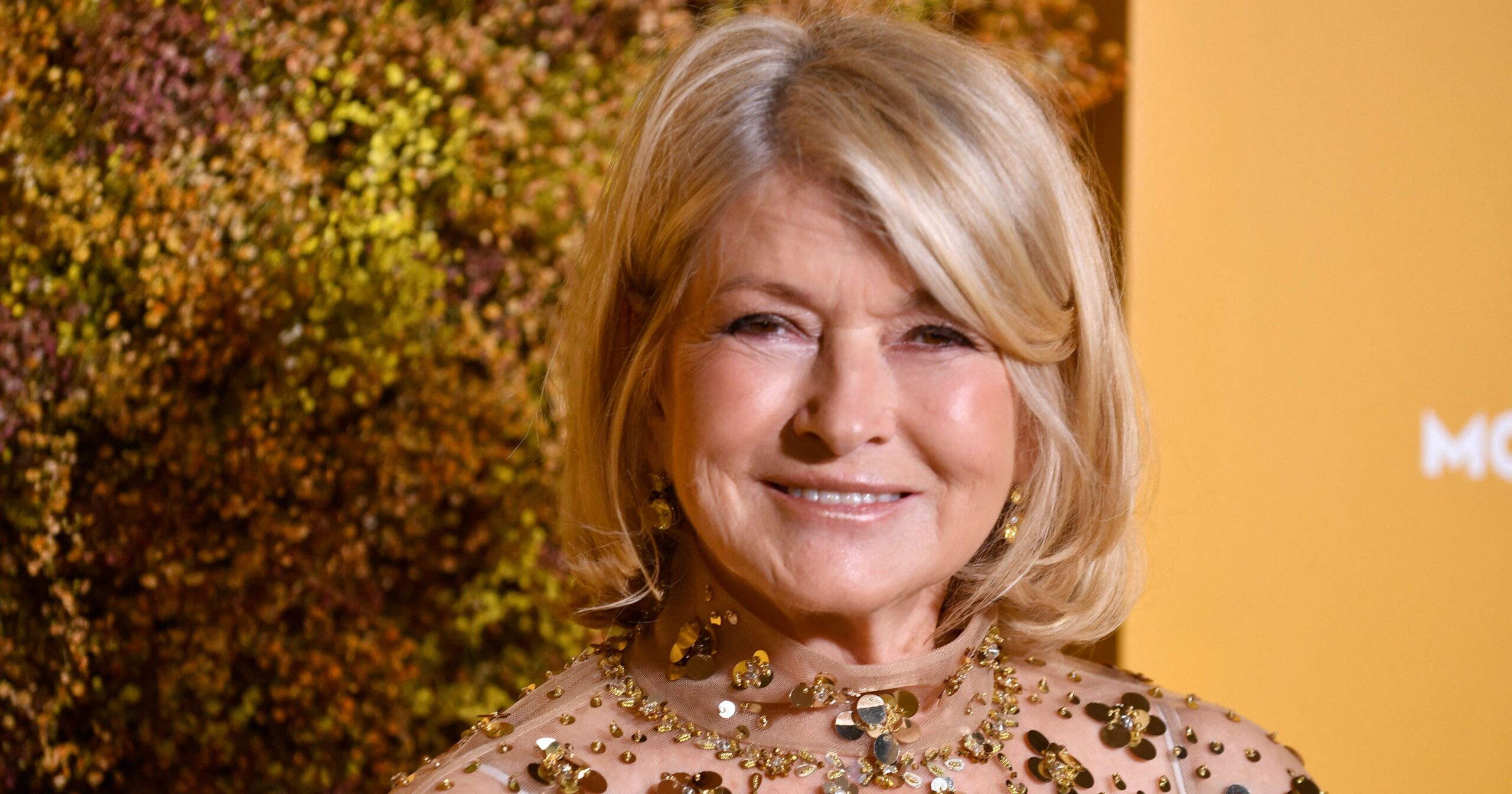The inaugural People’s Choice Country Awards will take place on Thursday in Nashville, at one of the most legendary venues in country music history: the Grand Ole Opry House.
The Opry, however, is more than just a theater — what started as a weekly radio broadcast in the ’20s eventually evolved into one of the country genre’s most coveted gigs. Legendary artists like Elvis Presley, Johnny Cash and Dolly Parton performed on the Saturday night program after it was upgraded from a humble radio studio to the stage of Ryman Auditorium.
The Opry finally found a home of its own in 1974 with the building of the Grand Ole Opry House. Since then, the venue has continued to host chart-topping musicians of all genres, including during televised specials.
Ahead, WWD looks back at the history of the Grand Ole Opry.
The Grand Ole Opry’s Beginnings
The Grand Ole Opry began as a radio show in 1925. The National Life and Accident Insurance Company founded its own radio station that year. Its name, WSM, came from the company’s slogan, “We shield millions.” Originally called the “WSM Barn Dance,” the radio show changed its name to the “Grand Ole Opry” in 1927.
The Opry also began a membership program for artists who regularly performed on the program. More than 200 acts have been inducted as members throughout the show’s history.
The Opry’s Original Venues

Before the Grand Ole Opry House was constructed, performances took place at a variety of Nashville auditoriums. In 1934, the Opry’s organizers decided to move the broadcast to a bigger stage, as National Life’s radio headquarters were too small to host a large audience. They settled upon the Hillsboro Theatre, which is now known as the Belcourt Playhouse.
Two years later, the Grand Ole Opry moved to Dixie Tabernacle in East Nashville. The religious meeting hall was used until 1939 before the Opry relocated again to the War Memorial Auditorium. Nashville’s Greco-Roman-inspired monument was constructed in 1925 to commemorate soldiers who lost their lives in World War I. The theater, which still operates as a music venue, can house a crowd of more than 1,500.

The Mother Church of Country Music
In 1943, the Opry moved once more to the Ryman Auditorium, a former tabernacle that hosted Presidents Theodore Roosevelt and William Howard Taft in the early 1900s. The brick-and-mortar facade features stained glass windows with Gothic arches and has a capacity of more than 2,300.

Following the Opry’s takeover, legendary musicians performed at the venue throughout the ’50s and ’60s. Johnny Cash, Patsy Cline and Willie Nelson all graced the stage of Ryman Auditorium, with Elvis Presley making his Grand Ole Opry debut there in 1954. In 1963, the auditorium’s name was officially changed to the Grand Ole Opry House.

The Grand Ole Opry House
National Life erected a Grand Ole Opry venue of its own in 1974. As the weekly program’s popularity increased, accommodating a larger crowd became paramount. The new Grand Ole Opry House, situated just outside of Nashville’s city center, could hold double the capacity of Ryman Auditorium with more than 4,000 seats. However, Ryman’s legacy wasn’t forgotten — a six-foot round circle of oak was cut from the auditorium’s stage and transferred to the Opry House.
Unlike its predecessors, the $15 million venue was constructed in a modernist style, channeling the rigid lines of Brutalist architecture. Its brick and concrete edifice features few windows.

President Richard Nixon attended the opening of the Grand Ole Opry House. He played a few songs on the piano before the stage was christened by Roy Acuff and His Smoky Mountain Boys.
Notable Performers and Events
Playing the Grand Ole Opry is a rite of passage for country musicians. Both the weekly broadcast and the venue itself helped solidify Nashville’s place as the “country music capital” of the United States. Artists like Cash, Loretta Lynn and Dolly Parton popularized country music for the masses, leading them to become members and repeat acts at the Opry.

Jeannie Seely is the artist with the most appearances at the Grand Ole Opry, having performed there more than 5,000 times. In the ’60s, Seely was instrumental in altering the venue’s strict dress code, which mandated that musicians wear conservative clothing. As trends shifted and hemlines rose, Seely fought for more stylish attire, including go-go boots and miniskirts, to be permitted on the Opry’s stage.
Seely was the first artist to wear a miniskirt at the Opry in 1967, effectively abolishing their decades-long dress code rules. “The relevance of that miniskirt was that I got away with wearing what my choice was,” Seely said in 2020. “When I did that and got away with it, other girls were allowed to wear whatever they wanted to wear.”
In 1985, Seely defied Opry standards again, becoming the first woman to host a segment of the show. “That was a hard won battle. That wasn’t just given to me,” she explained, “that was a door that I kicked in incessantly to get open.”

The Grand Ole Opry is known for hosting the biggest names in country music, but it’s welcomed artists of many other genres. Jazz legend Louis Armstrong performed at the Opry when it was still located at Ryman Auditorium, while alt-pop extraordinaire Lorde opened her “Solar Power Tour” with a performance at the Grand Ole Opry House in 2022.
The Grand Ole Opry House served as the longtime venue of the Country Music Association Awards. The annual ceremony was held there from 1974 to 2004.

In recent years, the Opry House has also been utilized to commemorate lost country greats. Country Music Television hosted a special at the Opry House memorializing Lynn following her death in 2022. The funerals of musicians George Jones and Little Jimmy Dickens took place at the Opry House in 2013 and 2015, respectively.

